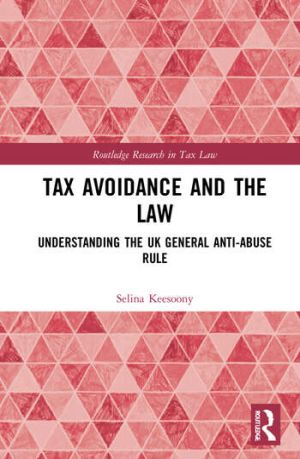
Tax Avoidance and the Law is a helpful guide to undergraduate and postgraduate students who want a thorough understanding of this dynamic area of Law. The book is written in a way which is easy to follow and conveniently summarises complex case law on tax avoidance.
Tax Avoidance and the Law explores the evolution of the UK’s General Anti-Abuse Rule. It provides a useful comparison with other Western jurisdictions’ anti-avoidance legislation including, the United States of America, Australia, New Zealand, South Africa, Canada and the EU. The underlying theme of the book rests on the notion that the taxpayer’s subjective motives, intentions or purposes are irrelevant when assessing tax liability.
The book enables students to gain a good grasp of the fundamental issues in tax avoidance in a clear manner.